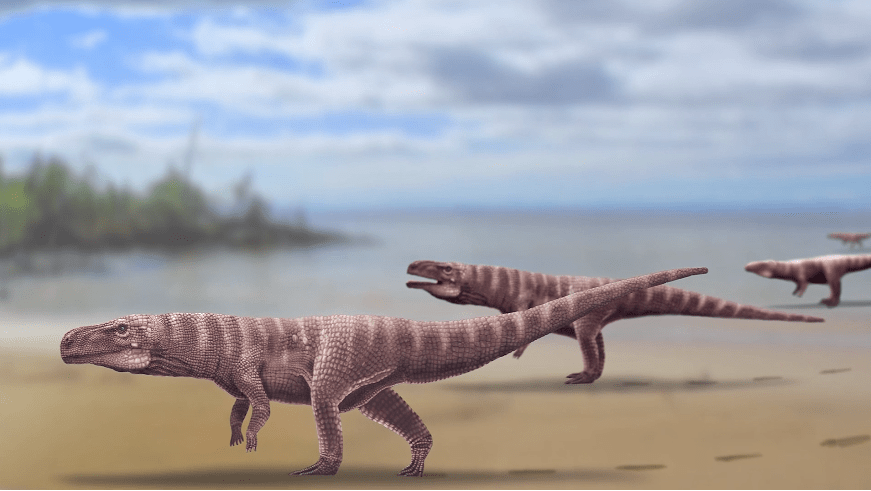MYRTLE BEACH, SC (WBTW) – Beach-goers in South Carolina have spotted Portuguese Men o’ War on the beach, and one was even found in Surfside this Spring.
“People have died from them, it’s very rare,” said Coastal Carolina University Marine Science professor Dr. Rob Young. “I think your main worry is it’s going to be a painful sting.”
An excruciatingly painful sting comes from the bright blue venomous tentacles of the Portuguese Man o’ War.
“The first thing you want to do is make sure you don’t have any more tentacles on you still. The tentacles can still sting even if they’ve broken off. They sting just based on pressure, so if you rub them on the injury, they’ll just sting more,” said Dr. Young.
After sightings on Surfside Beach, Sullivan’s Island and Hilton Head Island so far this year, News13’s Chief Meteorologist Frank Johnson says they might be on their way out and back to the Gulf stream.
“The thing about the Springtime, when that happens in the Spring, it’s not beach weather,” he said. “It’s usually cold weather, the ocean’s cold, so people don’t go swimming when we have the most number of man o’ wars in our beach.”
These men o’ war only float in that Spring-like weather, which is something we don’t usually see along the Grand Strand, even in Spring.
“Fortunately, we’re not in an area where we get a lot of them, typically,” said Dr. Young.
Unusual weather patterns is what these creatures, not jellyfish but closely related to the jellyfish family, need to survive.
“This past week when we had a few of them wash up on South Carolina beaches, that was an unusual weather pattern,” said Johnson. “It rained a lot, that’s unusual in itself, so normal beach weather where it’s sunny and warm, we normally have a Southwest wind, and that keeps the jellyfish away.”
If you get stung, Dr. Young says it could develop a red welt that could last for a few days, or even a scar.
Dr. Young says that although it’s rare, people have died from a Man o’ War sting.









